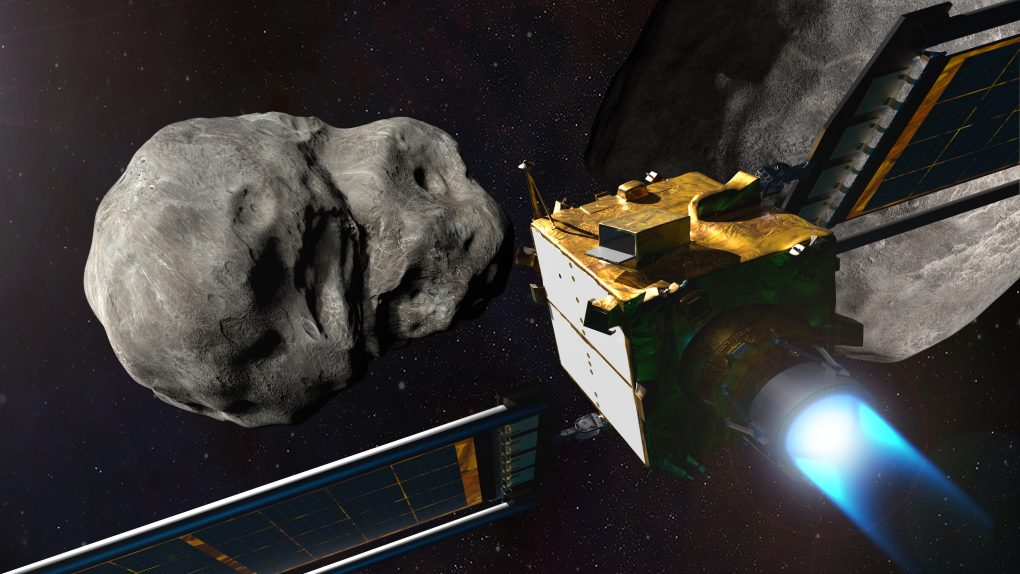Back in September, NASA successfully slammed a spacecraft into an asteroid. The move was a full test to see if we were capable of changing an asteroid’s orbit. After a few weeks of waiting, NASA later confirmed that we had indeed changed Dimorphos’ orbit. But, that isn’t the only thing that changed, as a new Hubble image of Dimorphos has confirmed a twin tail of debris is now chasing the asteroid.
The tail, which was captured in an image of Dimorphos that Hubble snapped earlier this month, shows the asteroid in the distance, as two twin tails trail after it. The tails are made up of the debris from the impact of the DART test that NASA ran in late September. NASA says that repeated observations of the asteroid over the past several weeks have allowed for a more complete picture of the aftermath.
Not only was DART’s impact with Dimorphos able to successfully shorten the asteroid’s orbit, but it also gave us some insight into how the asteroid has looked since the impact. And, as NASA points out in an announcement about the new Hubble image of Dimorphos, scientists aren’t quite sure what the tails indicate, or what the relationship between any ejected debris and the tails might be.

NASA did share that it plans to take a closer look at the asteroid and the effects that DART’s impact has had on it long-term. However, watching the two tails form has been an intriguing experience, and NASA says there are a number of possible scenarios for why they formed following the impact. For now, the latest Hubble image of Dimorphos at least gives us a good view of the after-effects.
DART was a test by NASA to see if we could protect Earth from potentially hazardous asteroids, should one ever come our way. The test proved a huge success, even being more effective than NASA originally thought it would be. Now, all we can do is wait and see how other countries use this data, and how NASA uses it to create asteroid monitoring systems or other defensive systems to keep asteroids at bay.








